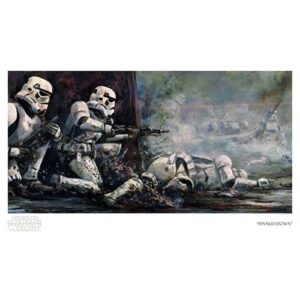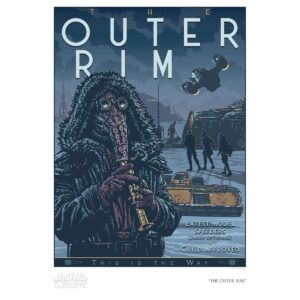Giclée Fine Art
Giclée
Giclée is derived from a blend of French words; gicleur, which is a technical term for a nozzle or jet, and gicler, to spray out.
The term Giclée (pronounced gee-klay) was initially coined by print-maker Jack Duganne in 1991. Today, it describes fine art printing using pigment based, archival quality inks, manufactured on advanced inkjet printers.
Whereas many traditional print technologies use the classic CMYK 4-color combination, Giclée printers use up to 12 individual colors. Obviously this gives much smoother gradient transitions and a wider color gamut. Basically, this allows more depth and richness to the final print, which helps to create stunning vibrant artwork with amazing reproduction.
Where Giclée really comes into its own is in the production of wall art, where customers are very discerning and want top quality that lasts. This longevity is a key differentiator, because the type of archival inks used on the printers. The prints won’t fade when displayed in normal conditions indoors. Therefore with the use of archival paper, and pigment made ink, colors will retain their brilliance for a lifetime.
Undeniably, Giclée fine art prints make a great medium for adding images to your collection. Likewise they are also good for non collectors that want to add artwork around the house that will hold up to normal indoor conditions. With stable, in-depth colors you can’t go wrong.




